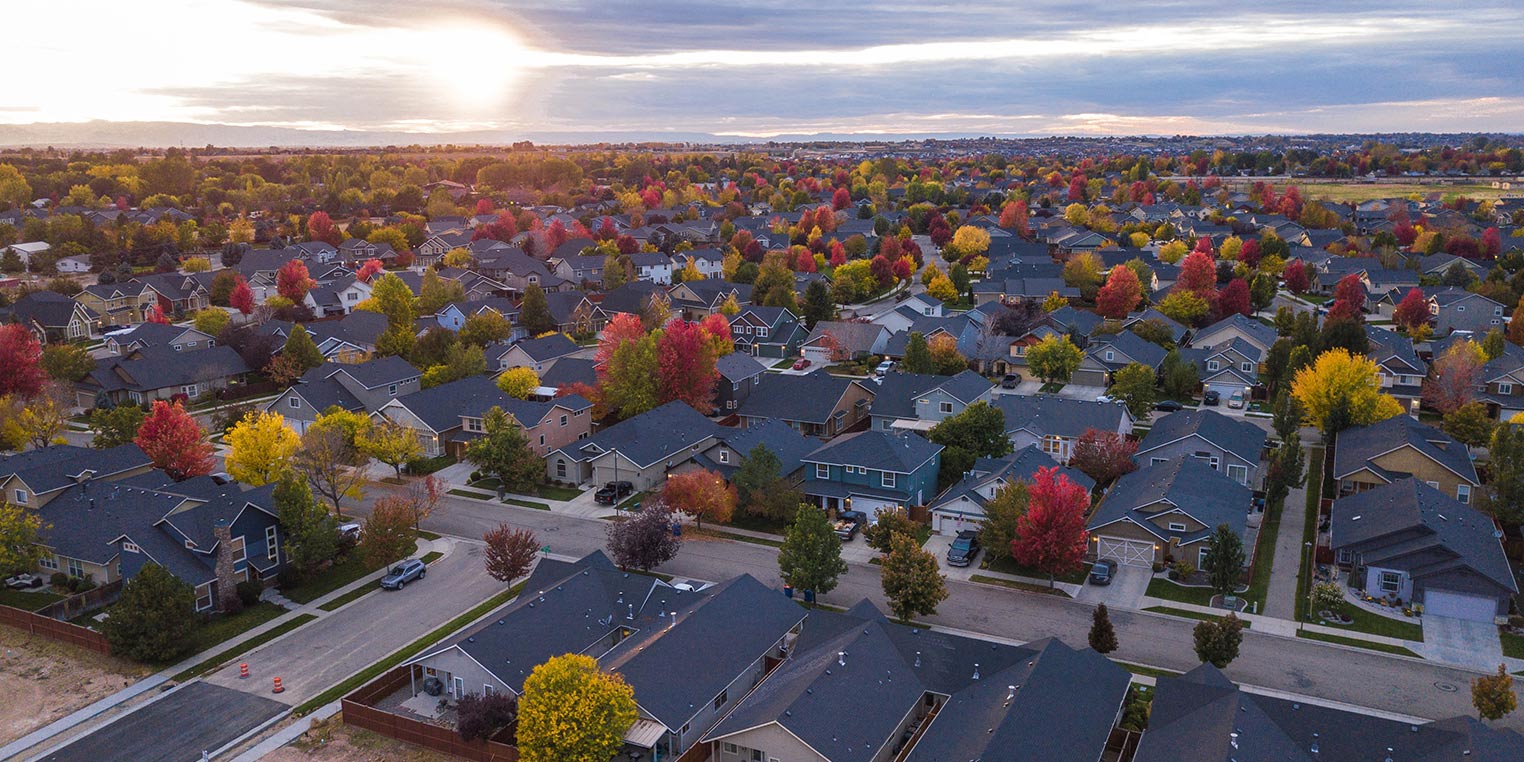Streetscape design: street lights, benches, trees, urban furnishings, and more.
Streetscape design refers to the design and layout of elements that make up the public face of a street. It encompasses many physical features, including sidewalks, roadways, crosswalks, bike lanes, streetlights, trees, public art, seating, and other urban furnishings. The goal of streetscape design is to create a functional and attractive public space that serves a variety of users, including pedestrians, bicyclists, motorists, and public transportation riders.
Streetscape design in Washington, D.C.
An early example of streetscape design oversight came from the 1992 National Mall Streetscape Manual. The purpose of the Streetscape Manual was to “provide guidelines for a coordinated and consistent streetscape treatment for roadways in the central area of the city in the vicinity of the National Mall.” The manual, which has been updated numerous times, details the guidance for a cohesive streetscape in Washington, D.C.’s prominent streets and neighborhoods that surround several high-profile monuments.
As the Streetscape Manual has evolved, it has come to include standards and guidelines for streetlights, bike racks, park and sidewalk benches, and other urban design features. The manual contains the following statement of purpose. Create a distinguished and accessible public realm of enduring quality shaped by beautiful civic infrastructure, architecture, streets, parks, and waterfronts. Connect destinations and overcome existing physical barriers with walkable landscaped corridors, interpretative and way-finding systems, and engaging views.
Well-designed streetscapes create a sense of place
As evidenced by the commitment in the United States capitol, streetscape design is an essential tool for shaping the character and identity of a community, and it can positively impact the quality of life in an area. For example, well-designed streetscapes can improve safety, encourage walkability and biking, and support local businesses. Additionally, streetscape design can help to create a sense of place and foster a strong community identity by highlighting local history, art, and culture.
Overall, streetscape design is a multi-disciplinary field that draws on principles from architecture, landscape architecture, transportation engineering, urban planning, and environmental psychology, among others. The design process involves close collaboration between stakeholders, including community members, local businesses, furnishings suppliers, and government agencies.








